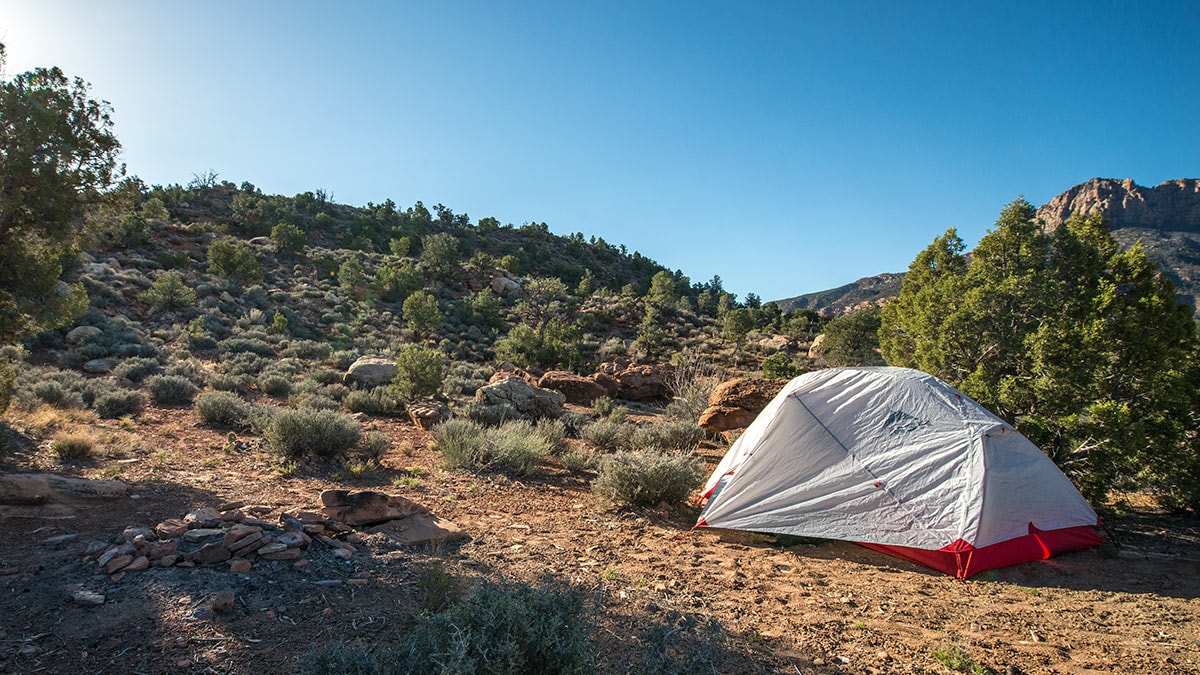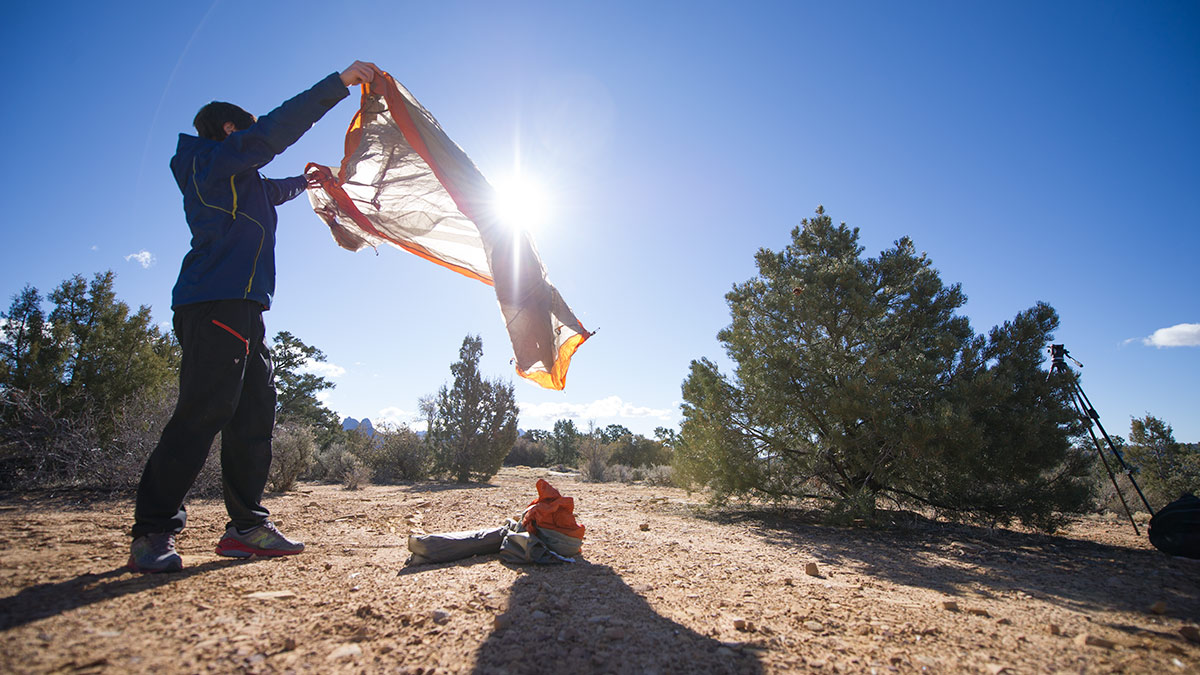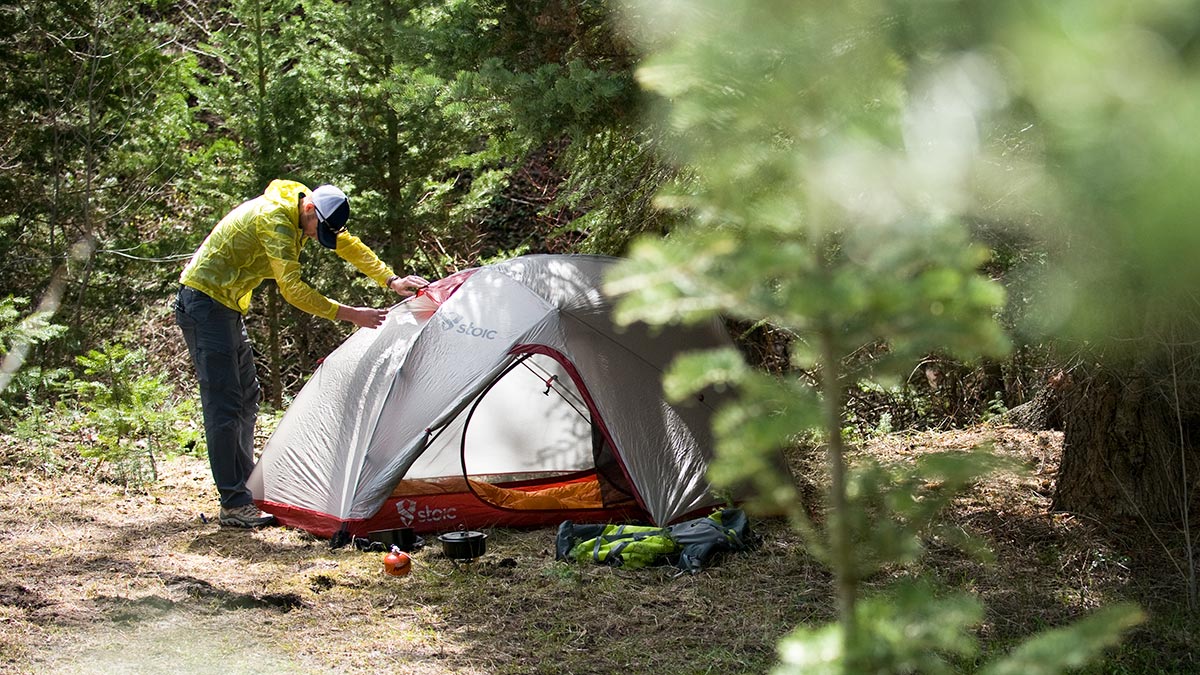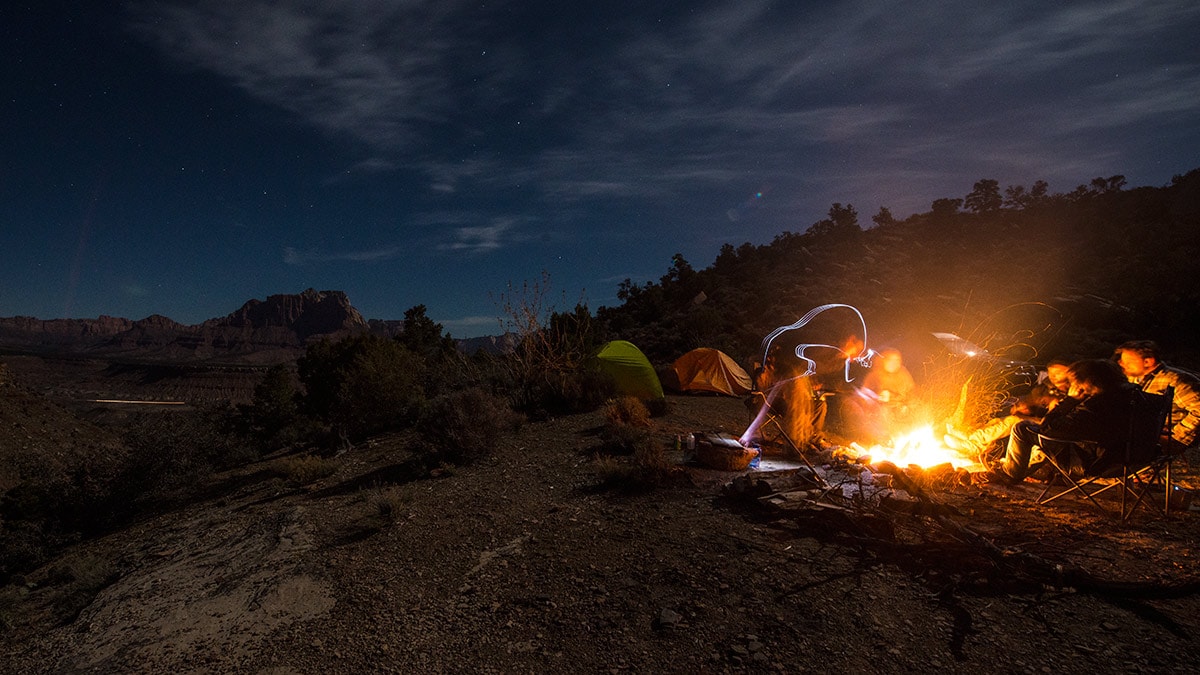When it is time to bugout, what is the Best Prepper Retreat?
Underground shelter is good against storms, radioactive fallout and is hidden, but when found, you are trapped. A nuclear missile shelter will have substantial security and while a candidate for the Best ranking, there are not many for sale. This might be the best shelter in many scenarios, especially against a nuclear attack, but it could also be a primary target.
Before gun powder, a good Fort was ideal location for defending against a much larger enemy. But with the invention of canons, being stationary meant death in a Fort. This leads to a more Nomadic Prepper Strategy.
Before gun powder, a good Fort was ideal location for defending against a much larger enemy. But with the invention of canons, being stationary meant death in a Fort. This leads to a more Nomadic Prepper Strategy.
While having an isolated island would certainly add an element of security, you are trapped in one location. Imagine if you could have an island you could hide or relocate.
https://www.foxnews.com/real-estate/private-island-manhattan-for-sale
Enter the Solar Powered Sail Boat, an island on the move.
Imagine powering the fridges, the freezer, the ice maker, the fresh water maker, the water heater and the air conditioning without hearing a generator. Then, imagine taking hot showers, lighting up the boat from the masthead to well below the waterline, and never worrying about energy consumption. This can be done on the Voyage Electric 480 Electrified. Built by Voyage Yachts in Cape Town, South Africa, the 48-footer has a 48-volt, 35-kWh lithium-ion battery bank that is recharged by 16 solar panels, propeller-generated energy and a virtually silent 22-kW diesel generator.
https://www.cruisingworld.com/adding-solar-power/
Think of the extended isolation that a family could achieve. This makes a sail boat type water craft like this the best Bug Out Retreat, but additional preparations are necessary.
Fishing is a great way to obtain food, so add a fish finder, fishing poles, trot lines, small commercial fishing net, a small shrimp net, a cast net and lots of rope to tie the fish nets to the boat.
Because much of the diet will be fish & sea weed, having high protein foods like beans, beef jerky and beef/chicken bouillon. Mountain House freeze dried foods with a 40 year shelf life will help supplement your fish diet. It might be good to have a small potted plant Garden.
You should also have some form of land transportation like a bicycle, that will fit in a life boat, so you can anchor at sea, take a small boat ashore and then ride a bicycle around while on land. You should have long and short range types of communication, on the main boat, the small boat, on the land transportation, and short range on the hip of security personnel.
For Security, each adult should have an AR-15
with at least 5,000 rounds of Ammo
each. Have at least one of them (preferably 2) with a thermal
scope, one with a rechargeable battery. Having two allows you to have one charged at
all times. Also have at lease one really
long range Rifle like a 308, a 6.5 Creedmoor or a 338
Lapua with a long range scope sighted at a distance of at least 500
yards, preferably at 1,000 yards.
Each Adult should also be wearing a Glock 17 and have 1,000 rounds available for it and have a well stocked Back Pack. Have some Glocks strategically cached around the boat. A high powered telescope and several pairs of high powered binoculars should also be available for a full time 24-7 Security Watch.
Ok, maybe this is not affordable for most people, it is still the best bugout retreat, and an old sailboat restored could be just as valuable in a serious SHTF scenario.
For more information:
https://sailingbritican.com/solar-power-installation-on-a-sailboat/

























